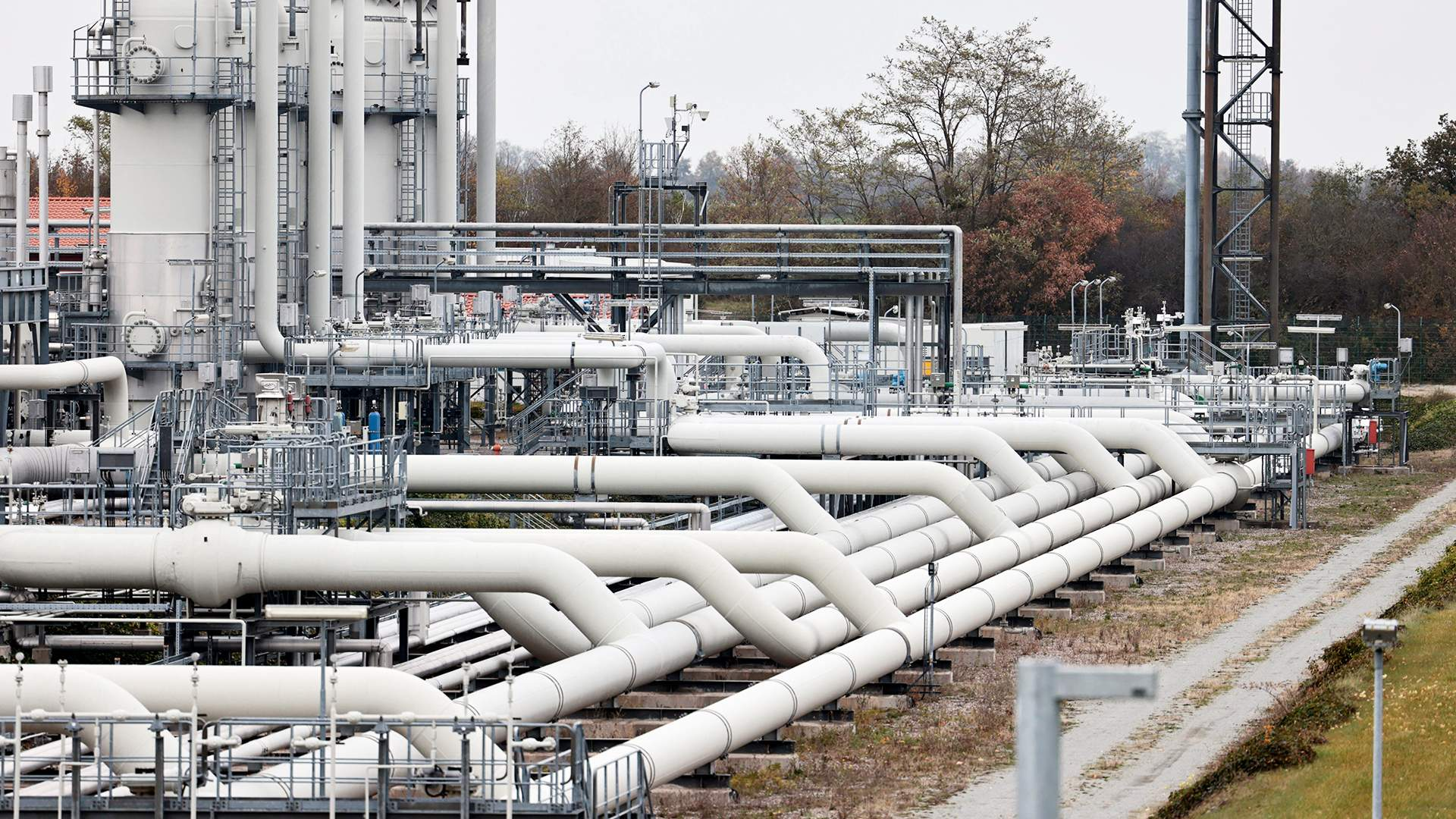Russian Gas Flows to Austria Persist Despite OMV Cut-Off

Background on Gazprom-OMV Dispute
Gazprom halted gas supplies to Austrian energy firm OMV over the weekend due to a contractual dispute involving compensation claims by OMV following an arbitration victory. Despite this, Russian gas continues to reach Austria through other buyers and middlemen, as revealed by supply data on Monday.
OMV had been receiving 17 million cubic meters (mcm) daily before the disruption. These volumes are now being purchased by other European buyers and possibly resold, though the exact buyers remain unidentified.
Gas Transit Routes and Flows
The Urengoy-Pomary-Uzhgorod pipeline remains one of the two remaining routes for Russian pipeline gas to the EU, delivering gas via Ukraine to Slovakia and then onward to Austria. Flows to Austria from Slovakia decreased by 17% to 22.6 mcm/day on Sunday and were projected at 22.3 mcm/day for Monday, according to Eustream.
However, Ukraine has announced its intention not to renew the transit agreement with Gazprom, signaling a potential closure of this critical route by year-end.
Wider Impact on European Gas Markets
While Russian gas deliveries to Slovakia, Hungary, and Serbia remain steady, Austria is now sourcing its gas indirectly through middlemen. In the Czech Republic, where companies have no direct contracts with Gazprom, Russian gas may still be entering the market indirectly. Analysts suggest that surplus Russian gas, cheaper than alternatives due to full storage and lower delivery costs, may be traded through intermediaries.
Elsewhere, colder weather forecasts, reduced Norwegian supplies, and redirected LNG cargoes to Europe have influenced market dynamics. Dutch TTF gas prices rose to €46.90/MWh on Monday, while LNG prices for January delivery in northeast Asia increased to $14.20/mmBtu, reflecting global adjustments to supply disruptions.
European Shift Away from Russian Gas
Since the invasion of Ukraine, the EU has drastically reduced its reliance on Russian gas, turning to alternative sources like Norway, the Middle East, and the United States. However, Russian gas remains competitively priced, enabling it to retain a foothold in certain markets.
Five LNG shipments recently redirected from Asia to Europe underscore the continent’s evolving energy strategy, balancing immediate demand with efforts to diversify away from Russian energy dependency.














